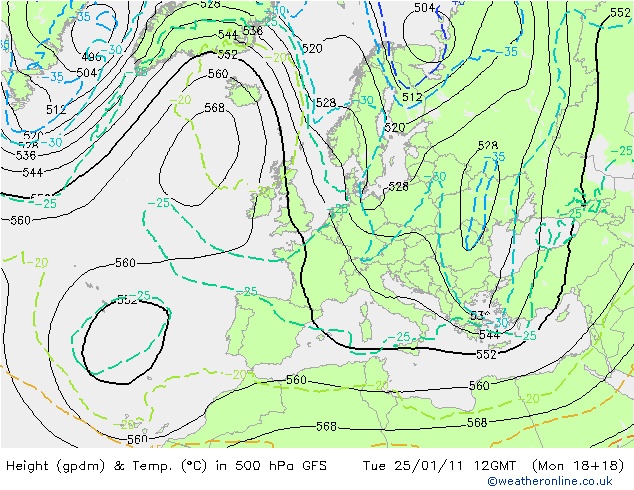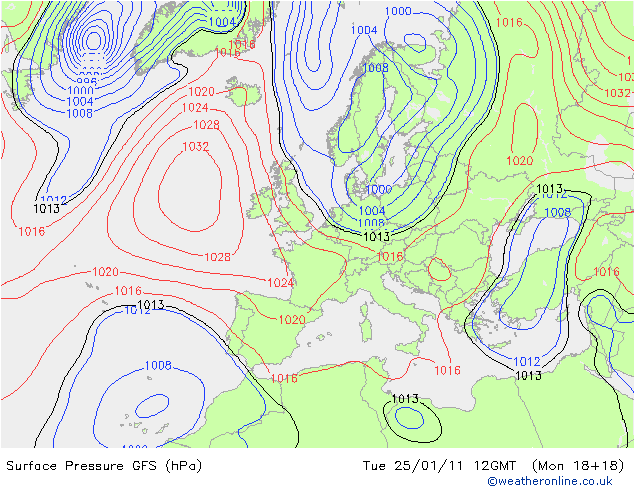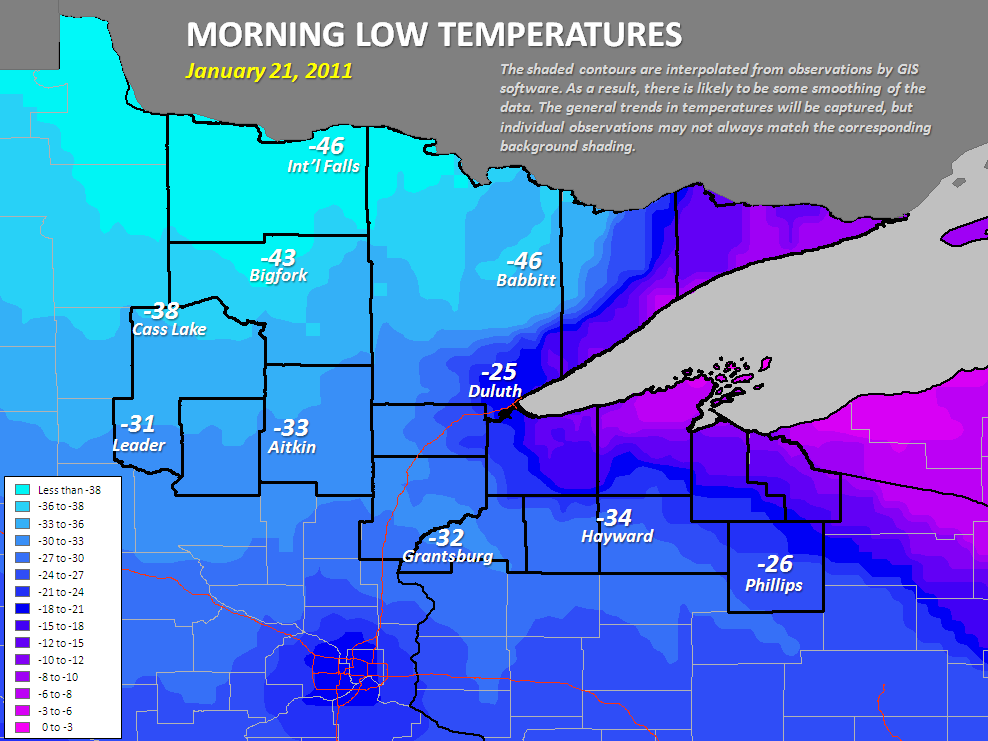01.26.11
Posted in Non-US Weather, Weather News at 8:00 am by Rebekah
There are a lot of places around the world that have been flooding lately; here’s a list of some of them, based on a photo gallery from The Guardian:
- Eastern Australia – the floodwaters are not just affecting Queensland but Victoria now as well
- Southern Philippines (Davao del Sur province, on the southern island of Mindanao) – flooding following weeks of heavy rain
- Southern Thailand – another case of heavy rain causing flooding
- Sri Lanka – more rain fell in some areas from early December to mid-January than typically falls in a year
- South Africa – rivers have risen to great heights and flooded a number of areas
- Poland – flooding from snow melt
- Southern Sweden – recent heavy snow melt
- Belgium – flooding from rain and snow melt
- Netherlands – more rain and melting snow
- Central Germany – massive flooding caused by melting snow; barge supplies going to Frankfurt airport via the Rhine River have been stopped, causing more problems
- Northern France – rain and melting snow again
- East Central Scotland – heavy rain and melting snow causing some major flooding
- Southeastern Brazil – severe flooding caused mudslides that killed hundreds of people
- Northern Colombia – unusually heavy rains have caused river levels to rise
- Western Washington – heavy rains in the Pacific Northwest have caused some flooding off and on this winter
In addition to The Guardian‘s photo gallery, I found a photo gallery on the New York Post website.
Permalink
01.25.11
Posted in Non-US Weather, Weather News at 8:00 am by Rebekah
This week’s post in the global weather and climate series features Istanbul, Turkey.

Montage of Istanbul, Turkey. Source: Wikipedia
Istanbul, formerly known as Byzantium and Constantinople, is situated on the Bosphorus Strait that runs from the Sea of Marmara to the Black Sea. The Bosphorus divides the city into a European and an Asian side, making Istanbul the only bi-continental city in the world. Istanbul also sits near the North Anatolian Fault, the boundary between the African and Eurasian plates. This fault has been responsible for several major earthquakes, including one in 1999 that killed over 17,000 people in and around Istanbul.
Istanbul’s rich history can be traced back to at least the 7th century BC. Istanbul, like Rome, has been called “The City of Seven Hills”, as the oldest part of the city is built on seven hills, each of which bears a historic, imperial mosque.
Istanbul and the surrounding area produce cotton, fruit, olive oil, silk, and tobacco. The city is the economic center of Turkey and an important city in the global economy. According to Forbes magazine, as of March 2008, Istanbul had 35 billionaires, ranking 4th in the world. With a population of about 12.8 million, Istanbul is the largest city in Turkey and the 5th largest city proper in the world.
A few more facts about Istanbul:
- Time zone: Eastern European Time (UTC+2) or Eastern European Summer Time (UTC+3)
- Average elevation: 121 feet (37 meters)
- Climate zone: Mediterranean
- Average high temperature: 66 °F (19 °C)
- Average low temperature: 51 °F (11 °C)
- Average annual high/low temperature range: 48 to 83 °F (9 to 29 °C) / 37 to 66 °F (3 to 19 °C)
- Average annual precipitation: 33 inches (844 mm)
Weather: It’s currently rainy and cool in Istanbul, with highs in the 40s and lows in the 30s. There is a trough over eastern Europe right now, with a surface low just southwest of Istanbul. This low will move up over Turkey, bringing a continued chance for rain.

500mb height and temperature forecast (initialized at 18Z on Monday) for Europe at 12Z, from Weather Online UK

Surface pressure forecast (initialized at 18Z on Monday) for Europe at 12Z, from Weather Online UK
For weather maps and information on current and forecast Istanbul weather, see the Turkish State Meteorological Service (there is an English version; see the top right of the page), Weather Underground, and Weather Online UK.
For more information on Istanbul, here’s a link to Wikipedia.
Next Tuesday we will take a look at the climate and weather in another part of the globe. As always, if you have any suggestions for future cities, please leave a comment!
Permalink
01.24.11
Posted in Weather Education at 8:00 am by Rebekah
The seven elements of weather (temperature, pressure, wind, moisture, clouds, precipitation, and visibility) can all be boiled down to temperature, pressure, and moisture. A couple of weeks ago we looked at temperature, last week we looked at pressure, and next week we will look at moisture. Today we’re going to take a brief look at wind, which is related to pressure.
————————————————–
Wind
Wind is the motion of air, caused by a difference in pressure.

As I’ve said before, the earth and the atmosphere is always trying to balance out any inequalities. Note the figure above. The column of air on the left has more molecules (thus has a higher pressure) than the column on the right. Some of these molecules will “want” to move over to the right, to balance out the two columns.
This illustrates a key principle of the atmosphere: wind blows from high to low pressure. Furthermore, the stronger the pressure gradient (i.e., the greater the pressure difference), the stronger the wind (e.g., think of the low pressure inside of and strong pressure gradients in hurricanes).
————————————————–
Come back next Monday as we talk about moisture, the next element of weather.
Permalink
01.23.11
Posted in Weather News at 8:00 am by Rebekah

Percent of normal precipitation for the U.S. in December 2010. Source: Climate Prediction Center.
While the western U.S. may be flooding, the south central and southeastern U.S. has been dry. Here’s a link to a NOAA report from Thursday about the drought conditions in the southern U.S., including images of the latest drought monitor and drought outlook.
Lubbock, in western Texas, currently has a streak of 71 days (today will be day 72) of no measurable precipitation. This streak is now 7th on the list of longest dry spells. The record for most consecutive days with no measurable precipitation was set in the winter of 2005/2006 (anyone remember the fires?), at 98 days.
Here’s a link to the top 36 dry periods at Lubbock, from the Lubbock National Weather Service office. Keep checking it out from time to time, as the models are showing that this current dry streak could certainly give 2005/2006 a run for its money!
Permalink
01.22.11
Posted in Weather News, Winter Weather at 8:00 am by Rebekah
National Weather Service offices in the Dakotas and Minnesota decided to start using a new type of warning this week, called an “extreme cold warning“.
An extreme cold warning will be issued when the air temperature is forecast to drop to 40 below zero and lower, with little or calm wind (previously only a wind chill warning could be issued for such cold temperatures, but this is meant to be more for when there is not much wind).
Thursday night, the NWS in Duluth had the chance to issue their first extreme cold warning, and it certainly verified; International Falls recorded a low of 46 below, tied for their 5th lowest temperature on record.

See more info about the cold on the NWS Duluth page here. See also the NWS link to more info on the experimental extreme cold warning.
Permalink
« Previous Page — « Previous entries « Previous Page · Next Page » Next entries » — Next Page »





